Textbooks, professors, and lectures come to mind when we think about education. The learning environment is often disregarded. Classroom and study space design affects students’ concentration, engagement, and academic performance. Interior design may turn a place into a productive learning hub using ergonomics, lighting, colour schemes, and technological integration.
Ergonomics: The Key to Comfort and Focus
A well-designed learning space takes into account the physical comfort of students. Ergonomics is a vital part of creating such spaces, as it ensures that furniture is designed with users’ needs in mind. When students sit in uncomfortable or poorly designed chairs, they may experience back pain, fatigue, or distractions. This can hinder their ability to focus and process information. By providing adjustable desks and chairs that support proper posture, schools and study spaces encourage physical comfort, which in turn promotes concentration and academic performance.
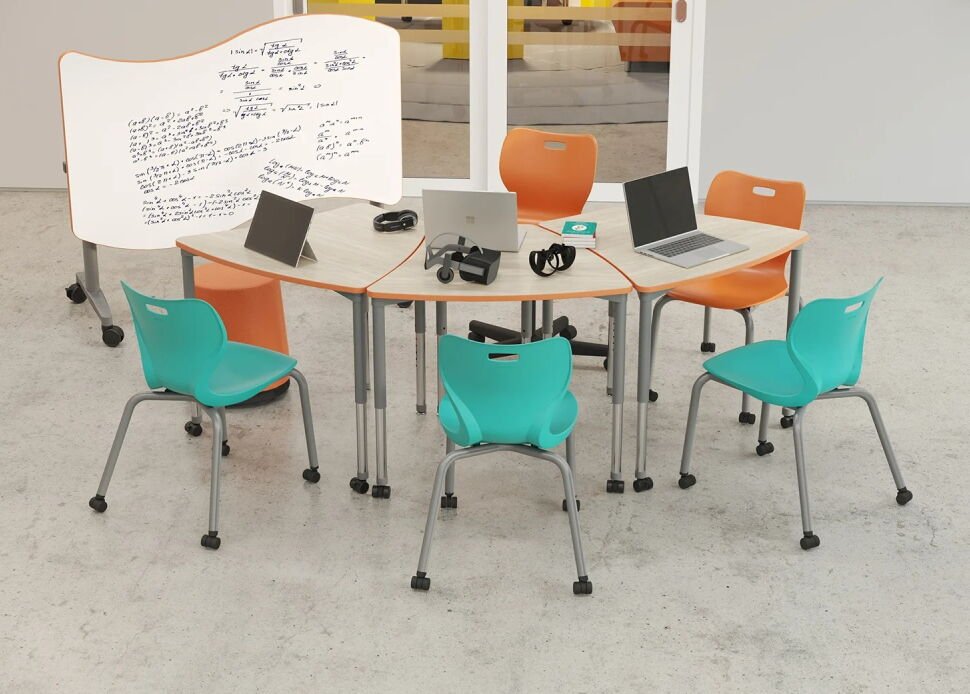
Lighting: Natural vs. Artificial
Effective learning environments depend on lighting. Research demonstrates that natural light greatly affects pupils’ attitude, energy, and cognition. Natural light improves attention, eye strain, and memory retention in classrooms. When natural light is scarce, artificial illumination is crucial. LED lights with adjustable colour temperature and intensity mimic natural light for excellent daytime lighting. Lighting is more than simply aesthetic—it sets the tone for learning and keeps pupils attentive and focused.
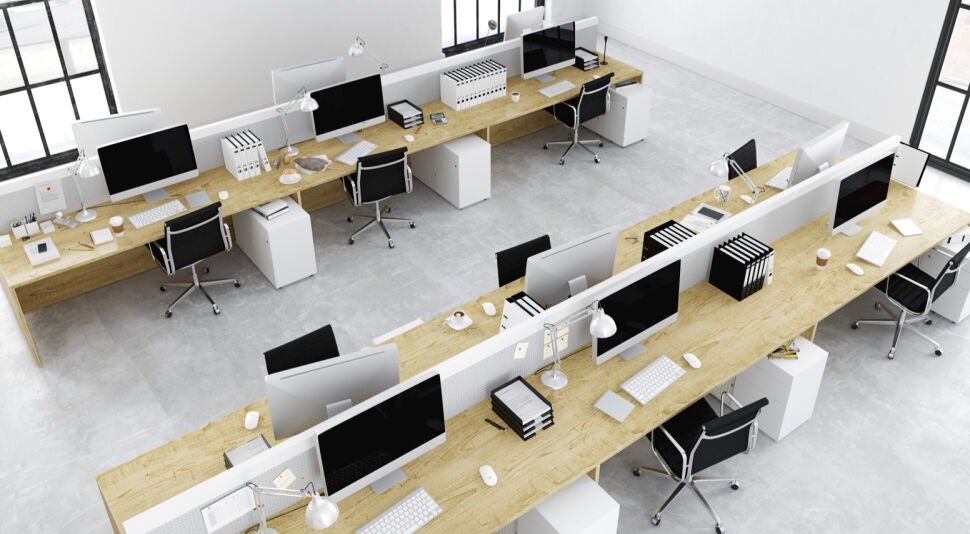
The Power of Color Psychology
Colors do more than just beautify a space—they can influence behavior, emotions, and even cognitive performance. For instance, calming hues like blue and green are ideal for spaces where concentration and relaxation are essential, such as classrooms or study areas. On the other hand, vibrant colors like orange or yellow can stimulate creativity and energy, making them perfect for art rooms or collaborative spaces. Understanding the psychology behind colors allows designers to create environments that not only look good but also enhance learning and foster a positive mindset.
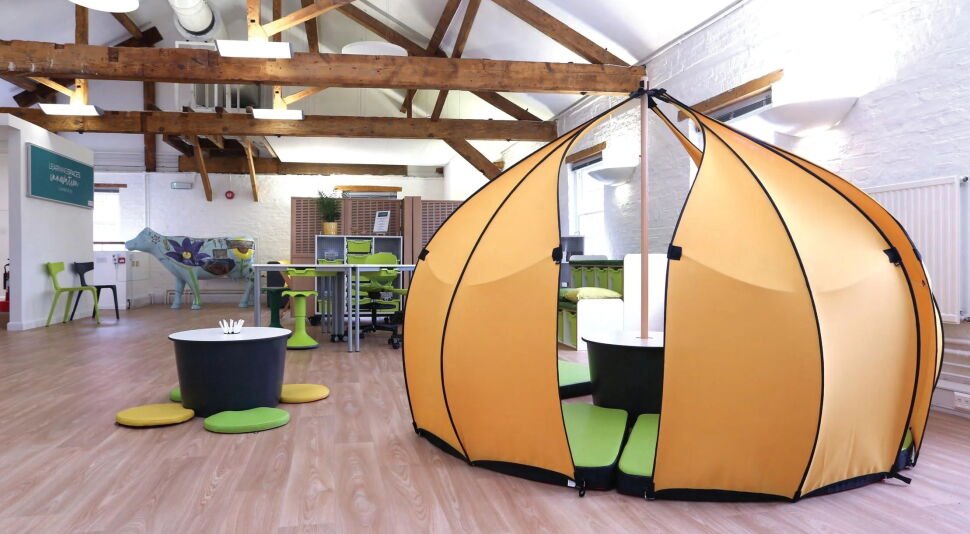
Flexibility and Adaptability in Furniture
Future classrooms are adaptable. Modular and changeable furniture lets teachers customise the learning area for different approaches and activities. Flexible furniture makes transitions between activities easy in lectures, group work, and solitary study. Mobile workstations, seats, and tables enable flexible learning areas. By letting students choose their learning environment, flexibility boosts motivation and engagement.
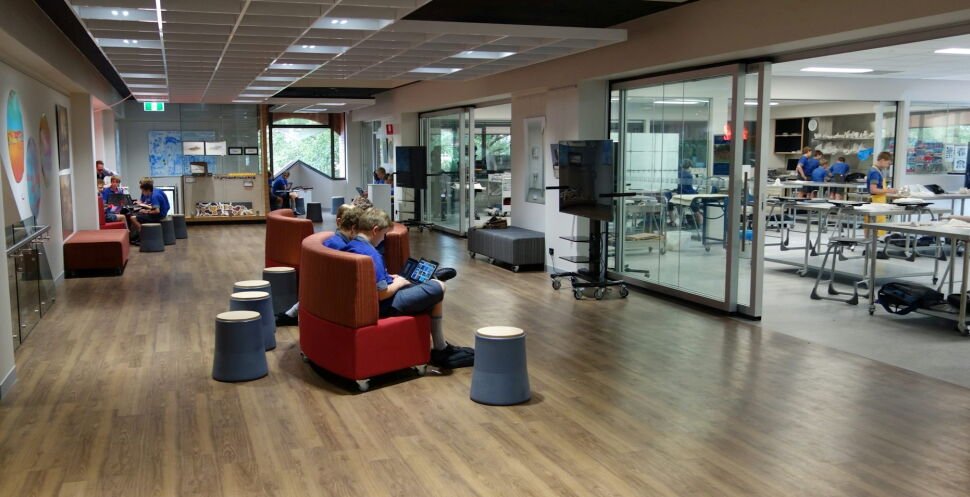
Acoustics: A Quiet Path to Success
Noise is one of the most disruptive factors in a learning environment. Whether it’s the hum of air conditioning, the chatter from nearby classrooms, or the general noise of a bustling school, distractions can severely affect focus and retention. Acoustics play a crucial role in combating this. By incorporating sound-absorbing materials, such as carpets, acoustic panels, and ceiling tiles, a learning space can reduce reverberation and create a quieter, more conducive environment for studying. With better acoustics, students can focus better, process information more efficiently, and engage with their lessons without the distraction of unwanted noise.
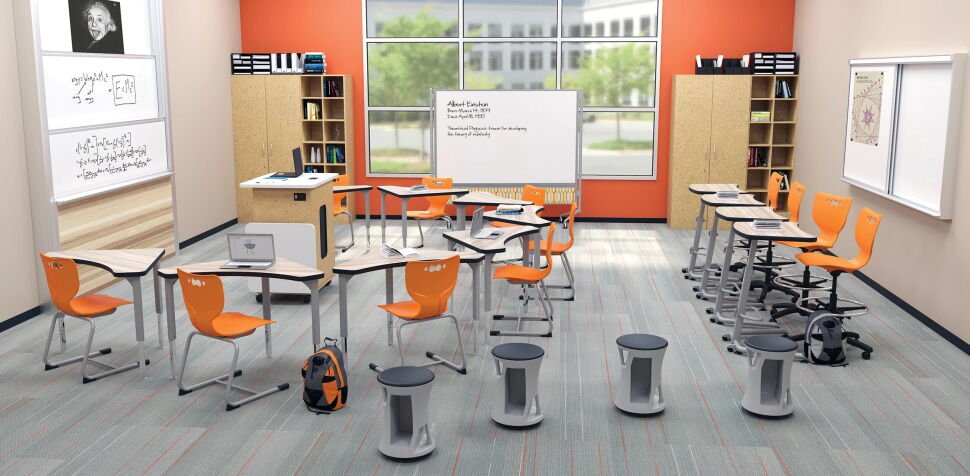
Integrating Nature: Biophilic Design
Biophilic design—the practice of incorporating natural elements into indoor spaces—has gained traction in recent years, and for good reason. Studies show that connecting with nature can reduce stress, improve mood, and enhance cognitive performance. By bringing plants, wood, or natural stone into learning environments, educators can create spaces that feel calm and restorative. The presence of greenery, natural light, and organic materials promotes a sense of well-being, allowing students to focus and excel academically. In fact, some schools have even installed indoor gardens or green walls to nurture both the minds and the spirits of their students.
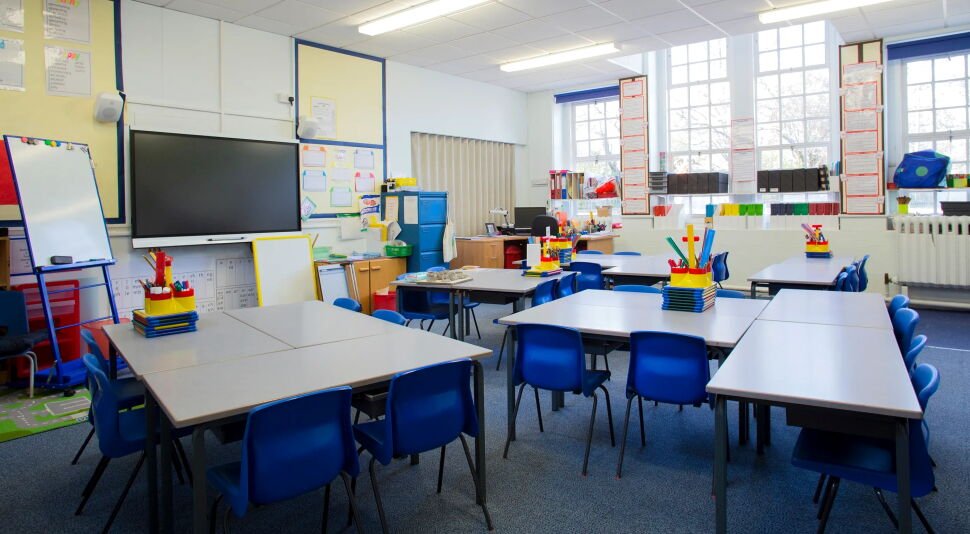
The Role of Technology
Technology is crucial to education in the digital era. Learning may be more dynamic, engaging, and personalised using technology. Digital gadgets like tablets, whiteboards, and others may make courses more engaging. However, technology must be carefully integrated. Device- and charging-friendly furniture is vital since clutter is distracting. Technology may increase learning and provide students the skills they need by being strategically integrated.
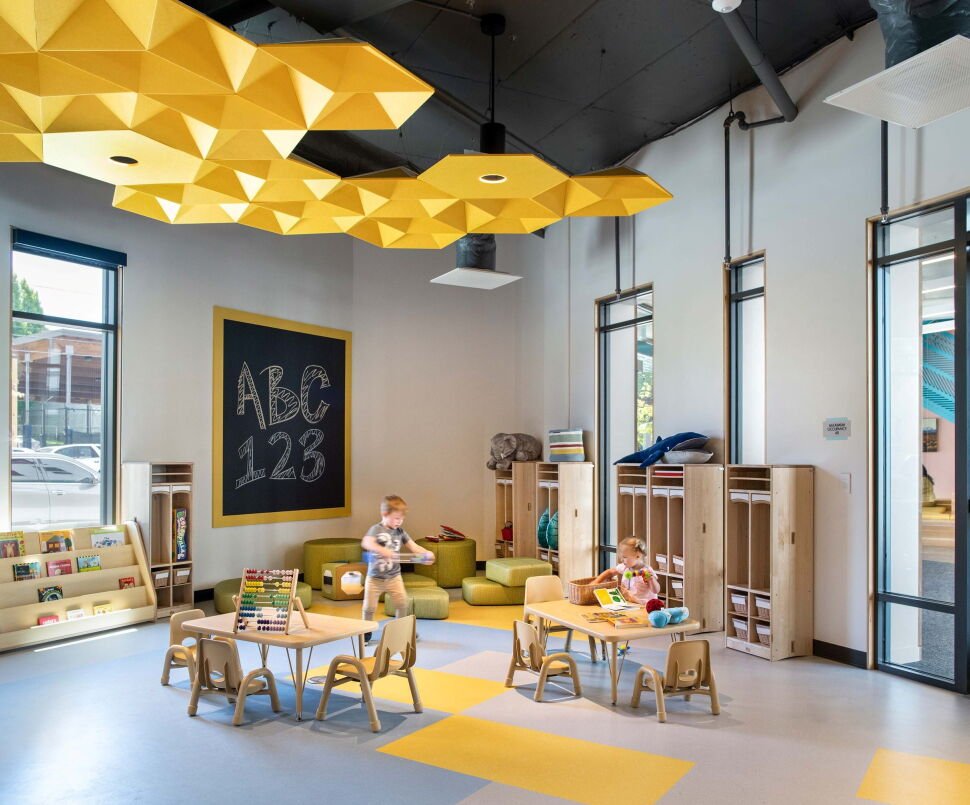
Creating Collaborative Spaces
Learning is not a solitary activity—it’s a social one. Collaborative spaces are designed to foster teamwork, communication, and peer-to-peer learning. Large tables, comfortable chairs, and writable surfaces like whiteboards or glass walls can encourage collaboration and group discussions. These spaces allow students to exchange ideas, work together on projects, and engage in constructive dialogue. Collaborative spaces not only enhance learning but also prepare students for the teamwork skills needed in the workplace.
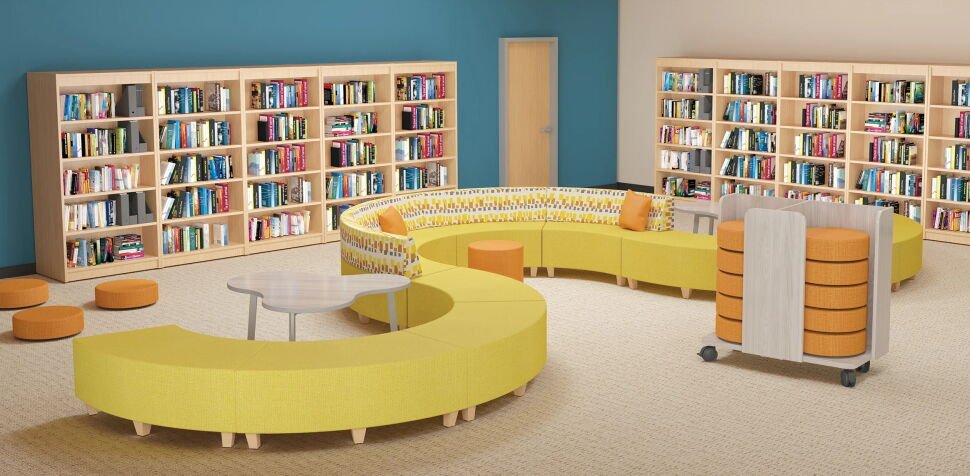
Personalized Learning Environments
Not all students learn the same way. Some may excel in a quiet, solitary setting, while others may thrive in a group environment. Personalized learning environments cater to individual needs and preferences, providing different types of spaces for different types of learners. Study nooks, resource rooms, and breakout areas allow students to choose how they engage with the material. By offering varied options, educators empower students to take control of their learning experience, keeping them motivated and engaged.
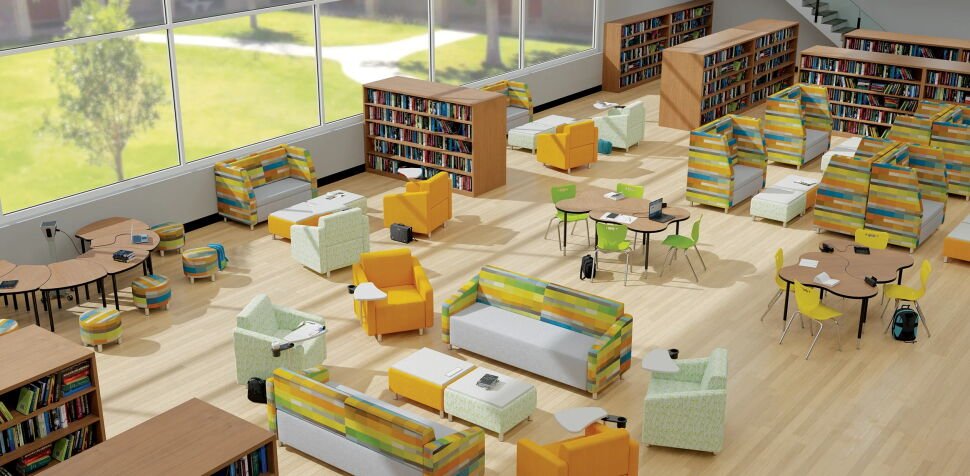
Promoting Mental and Emotional Well-Being
A well-designed learning area improves academic achievement and student mental and emotional health. Calm, appealing environments with comfortable seats, sufficient lighting, and natural features minimise stress and create a pleasant attitude. Open rooms and standing workstations can also reduce stress and improve physical health. Emotional support helps pupils focus on their academics, improving academic performance.
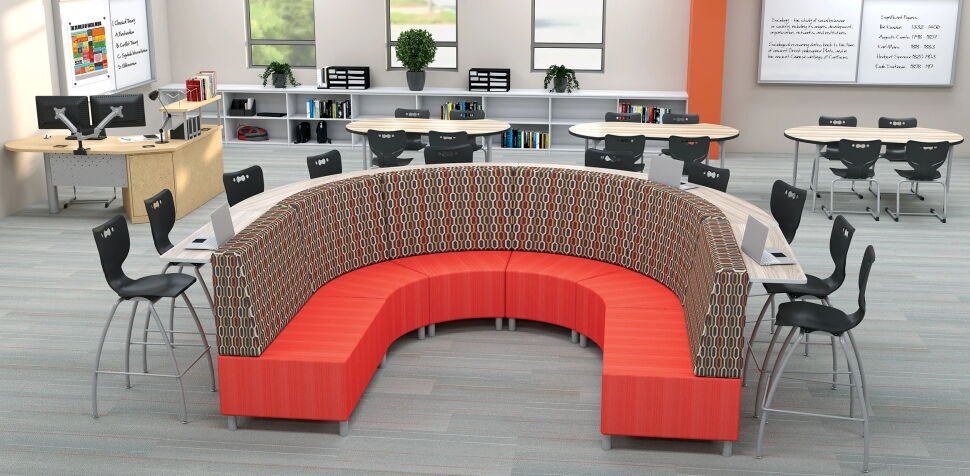
Designing for Inclusivity
In an inclusive classroom, all students feel valued and supported, regardless of their physical or learning needs. Designing for inclusivity means creating spaces that accommodate a wide range of abilities and learning styles. Adjustable desks, wheelchair-accessible ramps, and sensory-friendly features ensure that all students can navigate and thrive in the learning environment. By embracing inclusive design principles, schools foster an atmosphere of acceptance and equity, where every student has an equal opportunity to succeed.
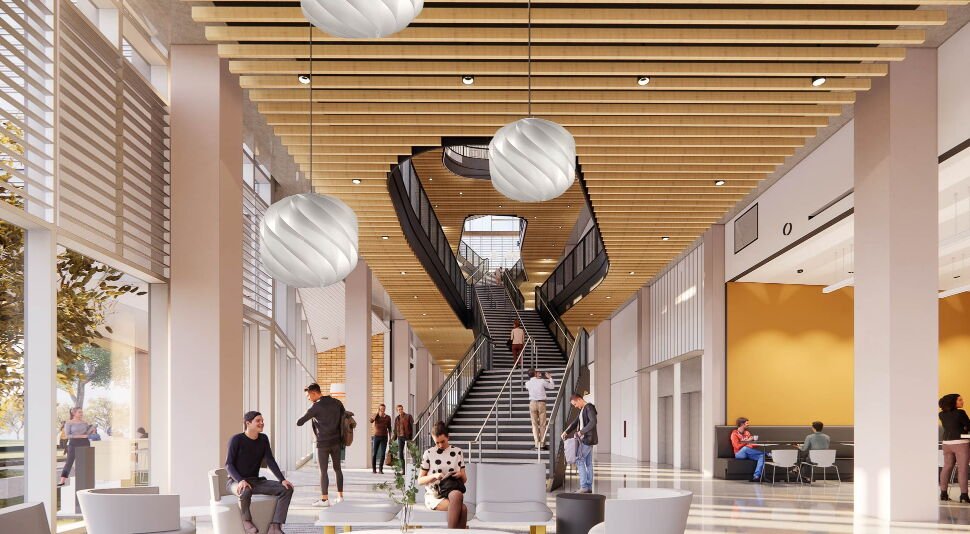
Frequently Asked Questions
How can interior design affect academic performance?
The right design can boost concentration, motivation, and overall mood, leading to better learning outcomes.
Why is ergonomics important in learning spaces?
Ergonomic furniture promotes comfort, reducing physical discomfort and helping students focus for longer periods.
What role does lighting play in learning?
Good lighting, especially natural light, improves mood, reduces eye strain, and increases cognitive function.
How can color influence student behavior?
Colors like blue or green encourage focus, while orange and yellow can inspire creativity and energy.
What is biophilic design?
Biophilic design integrates nature into indoor spaces, promoting calmness, mental well-being, and academic performance.
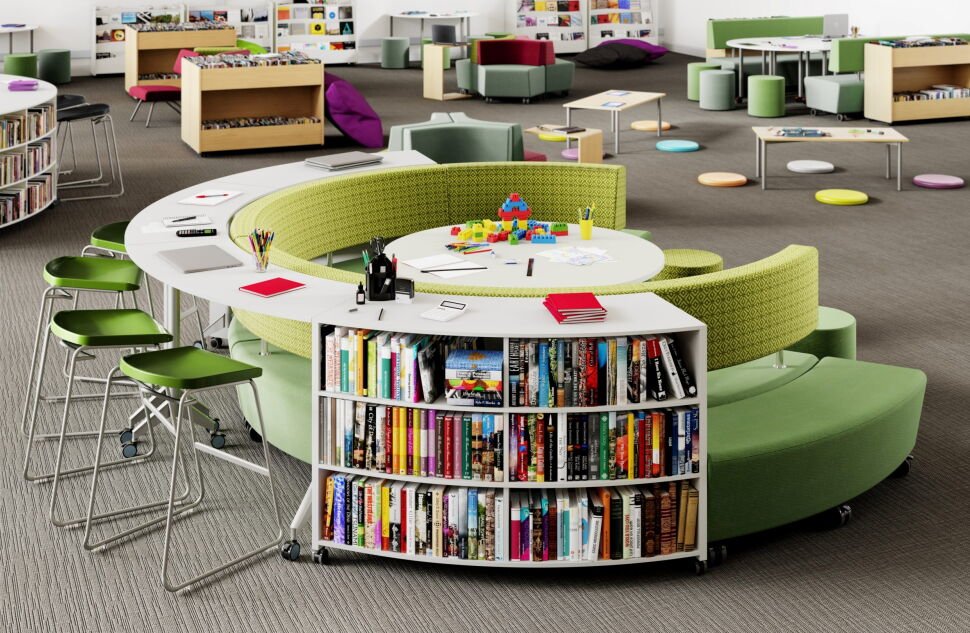






1 comment
I’m a huge fan of the articles from betterthisworld on betterthistechs! They offer valuable insights and practical advice that are very accessible. The writing is captivating, making me eager for more. It’s wonderful to discover a resource that highlights technological progress and its beneficial effects on our lives. I highly suggest giving them a look!
Comments are closed.